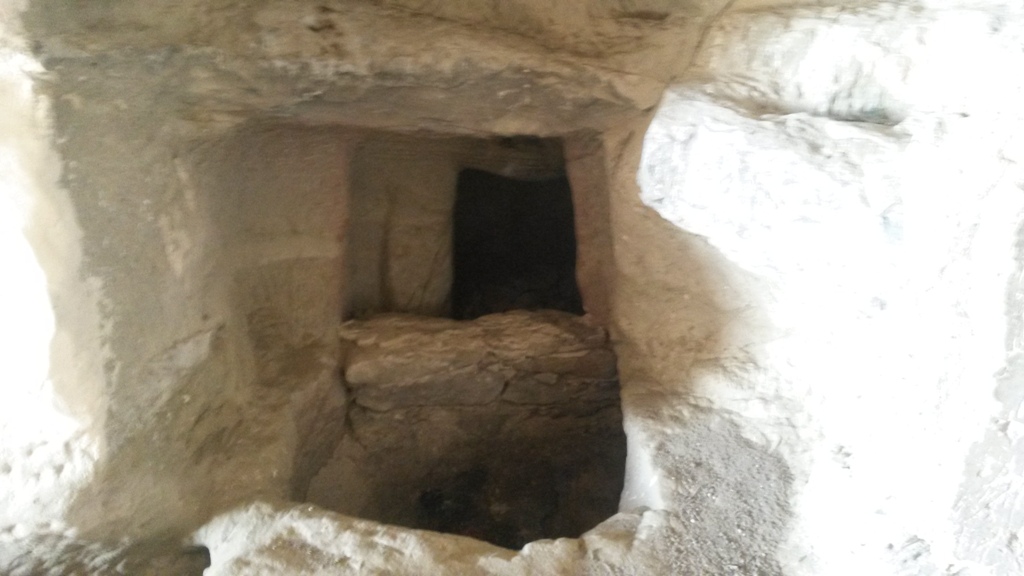The local population of Caucasian Albania took refuge in the mountains in order to preserve their religious views. Located in the steep rocky places of these caves, at an altitude of 850 meters above sea level, the inhabitants were in a difficult situation related to the lack of water and food. Inside these caves there were shelters consisting of one and several living quarters, prayer rooms, utility rooms, reservoirs and wells created as a result of carving several layers of rocks. Since the natural habitat of the caves was beneficial to the ascetic way of life, monks who came to Caucasian Albania from the Middle East in the early centuries of our era, on steep rocks carved devices for draining water from clumps of rocks consisting of sand with a length of 200-300 meters. Due to severe climatic conditions, monks who felt the need for economical use of rainwater, dug a recess for wells. The local population collected rainwater through a sink into the settling tanks, and then into deep wells that could keep it cool. Taking into account that the well gave a cool, the upper part of the well was used as storage for food for a long time. In every three to five caves, one well was dug, with a volume of 5, 7.10, 12 tons, a depth of 5 meters, and food storages for keeping it cool were wide – 2 meters, in depth – 3 meters. Historians of the ancient period confirm that the inhabitants of this territory experienced a real need for water. Plutarch wrote that in 65 BC the Roman commander Pompey was very angry when he received news of the Albanian uprising in Caucasian Albania and sent troops here to suppress it. After overcoming the Kura River and having traveled a long way through the boundless and arid steppe, the commander who was going to pacify the Cambissens, ordered 10,000 leather bottles of water for this purpose. Thus, theirwaterneedsweremet.
















